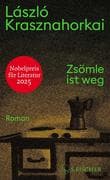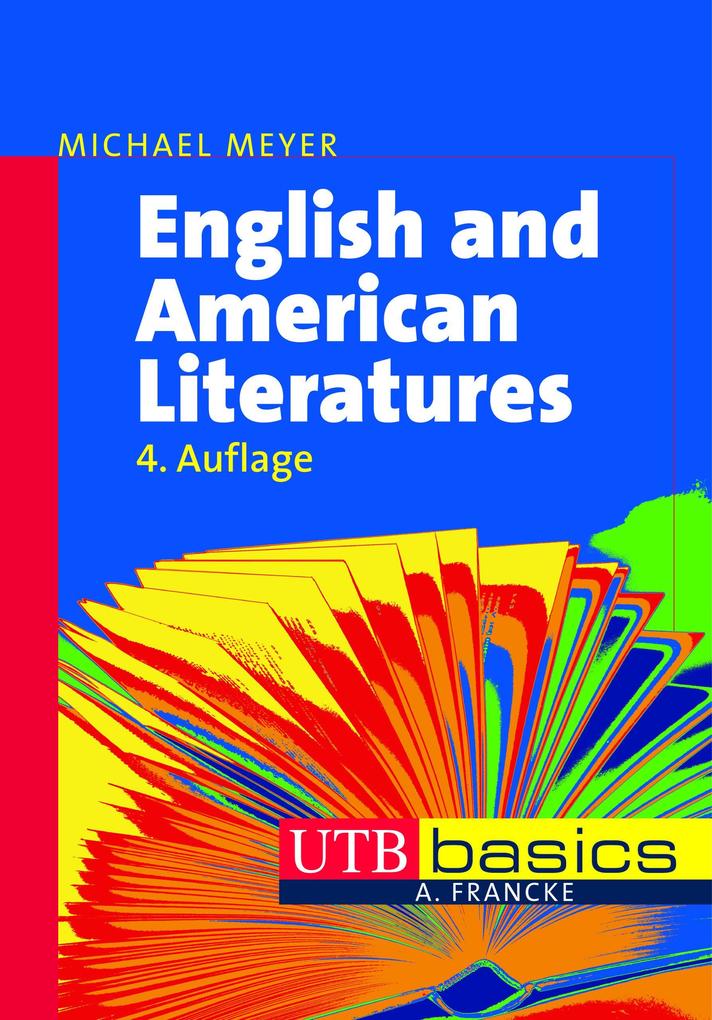English and American Literatures is the workbook for self-study and as a basis for introductory courses in English and American literary studies. Here you will find compact basic knowledge about:
- the analysis of lyrical, narrative, and dramatic texts
- methods and theories of literary studies
- the preparation for presentations, term papers, and exams
The volume is written in English and tailored to the conditions at universities in German-speaking countries. Numerous examples, guiding questions, checklists, and exercises provide helpful tools for the systematic reading and scholarly interpretation of literature from the first semester on.
Inhaltsverzeichnis
Prefaces VII
1 Introduction 1
1. 1 What is literature? 4
1. 2 Literary criticism 10
1. 3 Literary history 14
1. 4 Bibliography 18
2 Poetry 21
2. 1 What are poetic texts and what do we (ab)use them for? 22
2. 2 Communication, speaker, situation and topic 26
2. 3 Rhetorical form 30
2. 4 Poetic form 45
2. 4. 1 Metre and rhythm 45
2. 4. 2 Phonological forms, stanzas and types of poems 50
2. 5 Postmodern poetry 57
2. 6 Guiding questions and exercises 58
2. 7 Bibliography 62
3 Narrative 65
3. 1 Oral and written narratives 66
3. 2 Discourse 69
3. 2. 1 Narrative situations 70
3. 2. 2 Voice and focalisation 77
3. 2. 3 Time 87
3. 3 Story 90
3. 4 Fiction and metafiction 98
3. 5 Guiding questions and exercises 102
3. 6 Bibliography 108
4 Drama 113
4. 1 Dramatic text and theatrical performance 114
4. 2 Dramatic speech 118
4. 3 Character and action 127
4. 4 Space and time 135
4. 5 Genres and metadrama 141
4. 6 Guiding questions and exercises 146
4. 7 Bibliography 153
5 Literary Theory 157
5. 1 The Author 161
5. 1. 1 Psychoanalysis 163
5. 2 Text and code 169
5. 2. 1 New Criticism 169
5. 2. 2 Formalism, structuralism and semiotics 171
5. 2. 3 Deconstructivism, post-structuralism and postmodernism 176
5. 3 Context 181
5. 3. 1 Marxism and cultural materialism 181
5. 3. 2 New Historicism 187
5. 3. 3 Feminism and gender studies 190
5. 3. 4 Postcolonialism and multiculturalism 195
5. 4 Reader 201
5. 5 Bibliography 207
6 Research papers, presentations and examinations 213
6. 1 Academic standards 214
6. 2 Getting organised 214
6. 3 Writing a term paper 215
6. 3. 1 Defining topic, purpose and approach 215
6. 3. 2 Research for and use of secondary material 220
6. 3. 3 Writing the first draft 228
6. 3. 4 Revising the paper 229
6. 3. 5 Documentation 232
6. 4 Presentation 234
6. 5 Oral and written examinations 238
6. 6 Bibliography 240
7 Appendix 247
7. 1 Analyses 248
7. 2 Index 254
7. 3 Acknowledgements 264











